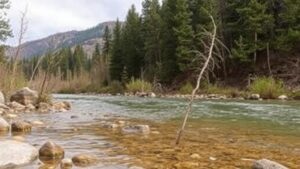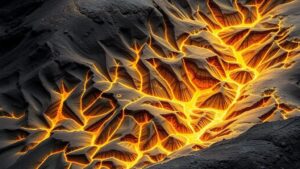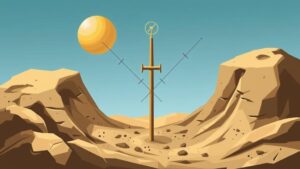Monetizing Secondary Finds: How to Sell Geodes and Fossils
Monetizing Secondary Finds: How to Sell Geodes and Fossils
The hobby of collecting geodes and fossils not only provides a sense of adventure but can also lead to a profitable side venture. As more people seek ways to embrace nature and history, the market for these unique natural finds has expanded. This article explores the process of monetizing secondary finds, focusing on the sale of geodes and fossils, while considering market trends, valuation, and the necessary steps to effectively engage buyers.
Understanding Geodes and Fossils
Geodes are hollow rock formations often lined with crystals or minerals; fossils are preserved remains or impressions of ancient organisms. Both geodes and fossils appeal to collectors for their aesthetic and educational value. Each category has its own market dynamics, which is essential to understand when preparing to sell.
The Market Dynamics
The demand for geodes and fossils can vary greatly based on several factors, including:
- Rarity: Unique specimens command higher prices.
- Condition: Well-preserved items are more desirable.
- Artistic Quality: Intricate or visually stunning specimens can attract art collectors.
According to a 2023 market analysis, the global fossil and mineral specimen market is estimated to be valued at approximately $1 billion, with an annual growth rate of around 5% as interest in natural history continues to rise.
Valuation of Geodes and Fossils
Assessing Value
To successfully monetize geodes and fossils, its crucial to determine their market value. Factors to consider include:
- Size: Larger specimens typically fetch higher prices.
- Type: Specific types of fossils (e.g., dinosaur bones) or unique geodes (e.g., amethyst) are more valuable.
- Market Trends: Keeping up with current trends can help identify which items may gain interest.
To assess value accurately, consult reference books or online databases that provide pricing guides for fossils and minerals, such as the Gem and Mineral Encyclopedia. Auctions and sales platforms can also serve as benchmarks for pricing.
Comparative Market Analysis
Conducting a comparative analysis of similar items can yield insights into appropriate pricing. For example, an amethyst geode selling for $180 in one marketplace should be compared against similar geodes of size and quality in other venues to establish a competitive price point.
Where to Sell Geodes and Fossils
Online Marketplaces
The internet offers numerous platforms for selling geodes and fossils, such as:
- eBay: A large audience can yield competitive bids.
- Etsy: Ideal for artistic or unique specimens.
- Facebook Marketplace: Local selling can avoid shipping costs.
Each platform has its own audience and fee structures, which can affect profit margins. For example, eBay may have seller fees of around 10%, while Etsy may charge listing rates depending on the items price.
Local Events and Shows
Attending local rock shows and fossil expos can provide direct access to like-minded enthusiasts and collectors. These events offer opportunities to network and gain insights into market demands. Spaces at these shows can range from $50 to $300, depending on the events size and reach.
Marketing Your Finds
Photography and Description
To attract buyers, high-quality photographs and thorough descriptions are essential. Good lighting, multiple angles, and close-ups highlight the specimen’s unique features. Descriptions should include size, material, provenance, and any special characteristics, such as crystal formations or historical significance.
Creating Market Demand
Engaging with potential buyers can drive interest. Utilizing social media platforms like Instagram and TikTok can showcase your finds through videos and visual storytelling, fostering a community around your expertise. Also, consider blogging or creating a website to highlight your collection and offer educational content about the specimens you sell.
Actionable Takeaways
Monetizing secondary finds such as geodes and fossils can be both a fulfilling and profitable venture. To succeed in this niche market:
- Conduct thorough market research to understand valuation and demand.
- Use various selling platforms, both online and locally.
- Market your items effectively through quality visuals and engaging descriptions.
By applying these principles, sellers can position themselves effectively within the growing market for geodes and fossils, turning a passion for collecting into a viable source of income.



